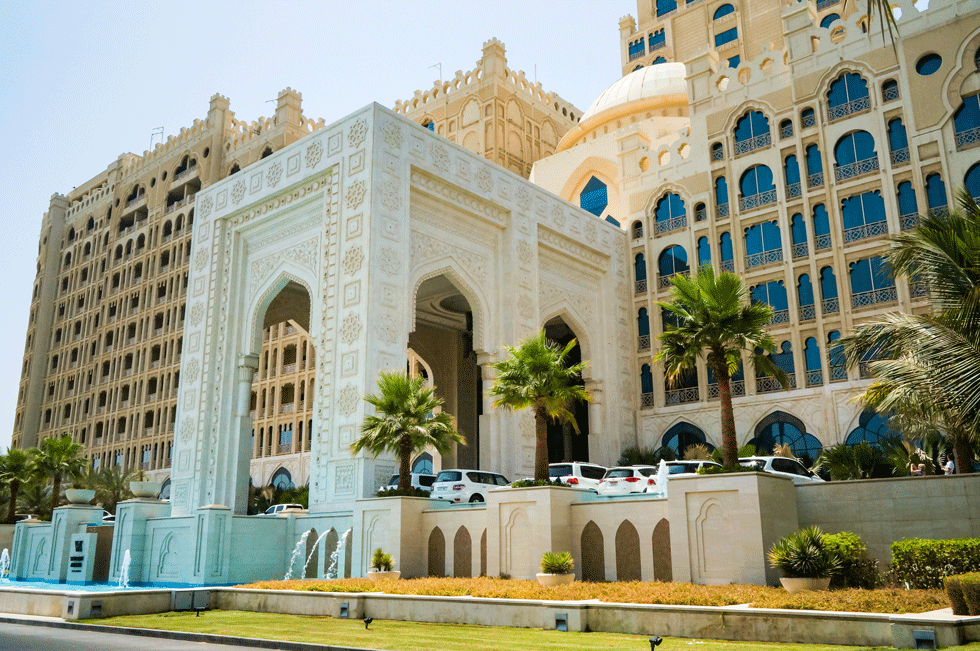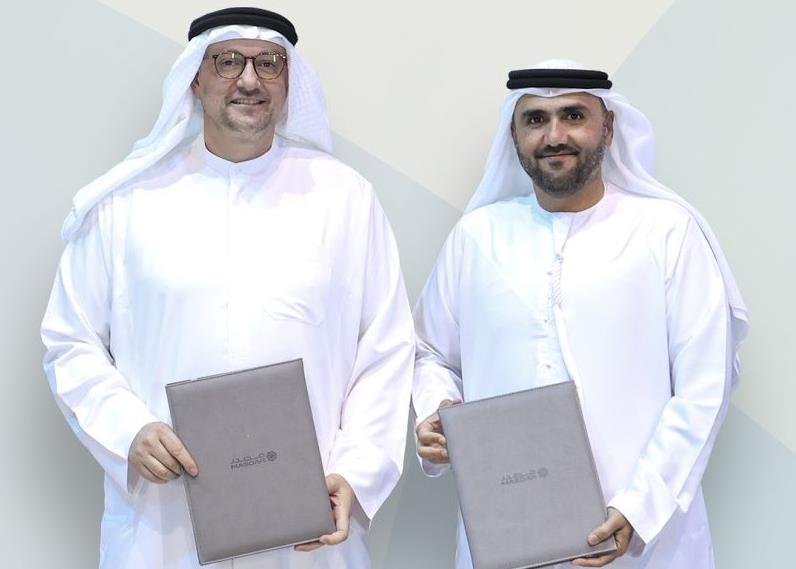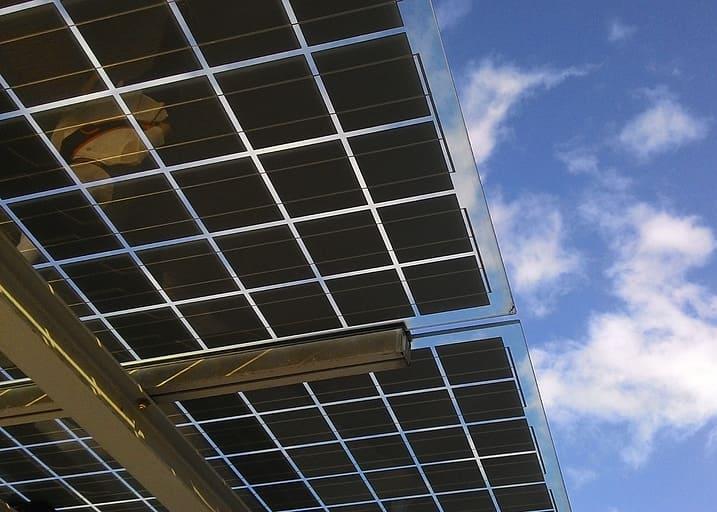

Travel and tourism (T&T) in the Middle East and North Africa enjoyed a strong year in 2017, with growth in international tourist arrivals, elevation in the global benchmarks for T&T competitiveness and improved hotel performance.
In the Middle East, the T&T sector was buoyed by a 5 per cent rise in international tourist arrivals and a total of 58 million visitors in 2017, according to the UNWTO World Tourism Barometer.
The year saw a firm recovery in many countries that have suffered decreases in previous years, with global trends shaped by an economic upswing and strengthening outbound demand, including a rebound in tourism spending from Russia – an important revenue stream for the Middle East.
In the hospitality segment, the Middle East remained the only region in the world to exhibit a decline in revenue per available room (RevPAR), which fell by 5.6 per cent in 2017, according to hotel data benchmarking company STR Global. This was due in large part to oversupply in the hotel market.
The growth rate for hotel demand in the region rose from 1.2 per cent in 2016 to 4 per cent in 2017, but remained shy of the growth rate for hotel supply, which rose from 4 per cent in 2016 to 5.1 per cent in 2017.
Upward trend
The increase in demand has nevertheless helped reverse the previous three years’ downward curve in occupancy and average daily rates (ADRs), while the negative RevPAR growth rate is still considerably better than the decline of 10.6 per cent in 2016 and a low of 11.4 per cent in the rolling 12-month period ending September 2016.

Across the region, hotel performance results were buoyed by the 17.9 per cent rise in RevPAR in Beirut – a sure sign of recovery, despite the instability in neighbouring Syria.
Kuwait also saw RevPAR rise by 0.6 per cent, with a 7.6 per cent reduction in ADR balanced by an 8.8 per cent rise in occupancy.
In Dubai, the region’s largest T&T market by size and revenue, RevPAR declined by 3.5 per cent, representing an improvement for the market compared with the 10 per cent fall in RevPAR in 2016. Dubai’s occupancy rates also rose by 0.5 per cent, in a strong indication of recovery.
Bahrain and Qatar both registered a double-digit drop in RevPAR due to a strong decline in both occupancy and ADR. Saudi Arabia and Jordan also witnessed a sharp fall in RevPAR.
Although a smaller regional market, hotels in North Africa performed better in 2017, with a 6.9 per cent recovery in RevPAR. This was buoyed by a 13 per cent increase in international tourist arrivals, according to UNWTO.
On a country level, the growth was led by strong activity in Morocco and Tunisia, where RevPAR rose by 8 per cent and 5.9 per cent, respectively.
In Tunisia, in particular, there was a steep 26.3 per cent rise in occupancy as the market shook off the negative security perceptions that resulted from the 2015 terrorist attack in Sousse.
Egypt, meanwhile, enjoyed a 1.1 per cent growth in RevPAR in 2017, led by the strong performance of Sharm el-Sheikh. While the Red Sea resort saw ADR fall by 8.5 per cent, it was buoyed by a dramatic 28.6 per cent jump in occupancy and a 17.7 per cent rise in RevPAR – just shy of Beirut’s results.
Both are examples of traditionally strong tourist destinations emerging from the doldrums.
READ MORE: RAK master developer targets hotel expansion
| This article has been unlocked to allow non-subscribers to sample MEED’s content for FREE. MEED provides exclusive news, data and analysis about the Middle East every day. Subscribe to MEED to have full access to Middle East business intelligence. Click here |
You might also like...

Neom seeks to raise funds in $1.3bn sukuk sale
19 April 2024

Saudi firm advances Neutral Zone real estate plans
19 April 2024

Algeria signs oil deal with Swedish company
19 April 2024

Masdar and Etihad plan pumped hydro project
19 April 2024
A MEED Subscription...
Subscribe or upgrade your current MEED.com package to support your strategic planning with the MENA region’s best source of business information. Proceed to our online shop below to find out more about the features in each package.




